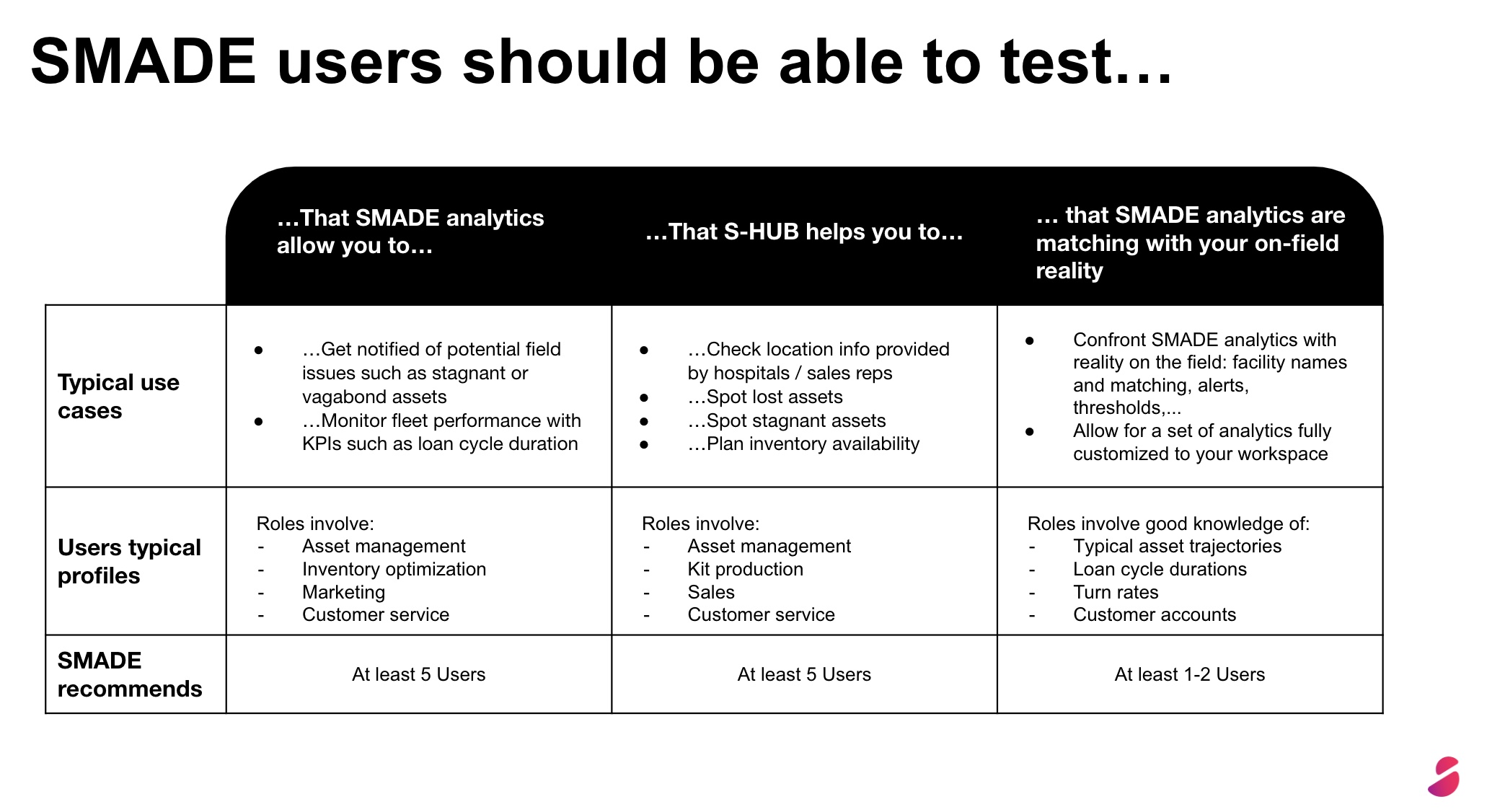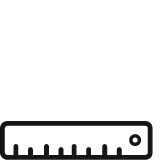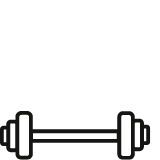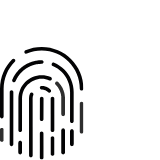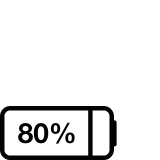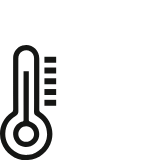Spread the word !
Other posts
How can collective intelligence foster innovation?
A few weeks ago I wrote a post about innovation and how I was so thrilled to be the CEO of an incredibly innovative startup of our time. A pioneer in…
How can data drive continuous improvement?
Orthopedic medical devices account for 7.5% of the global medical devices market and is expected to grow owing to a globally increasing patient pool…
If you love to write about smart healthcare, fill this form to become a writer for ‘In Your hands’.




